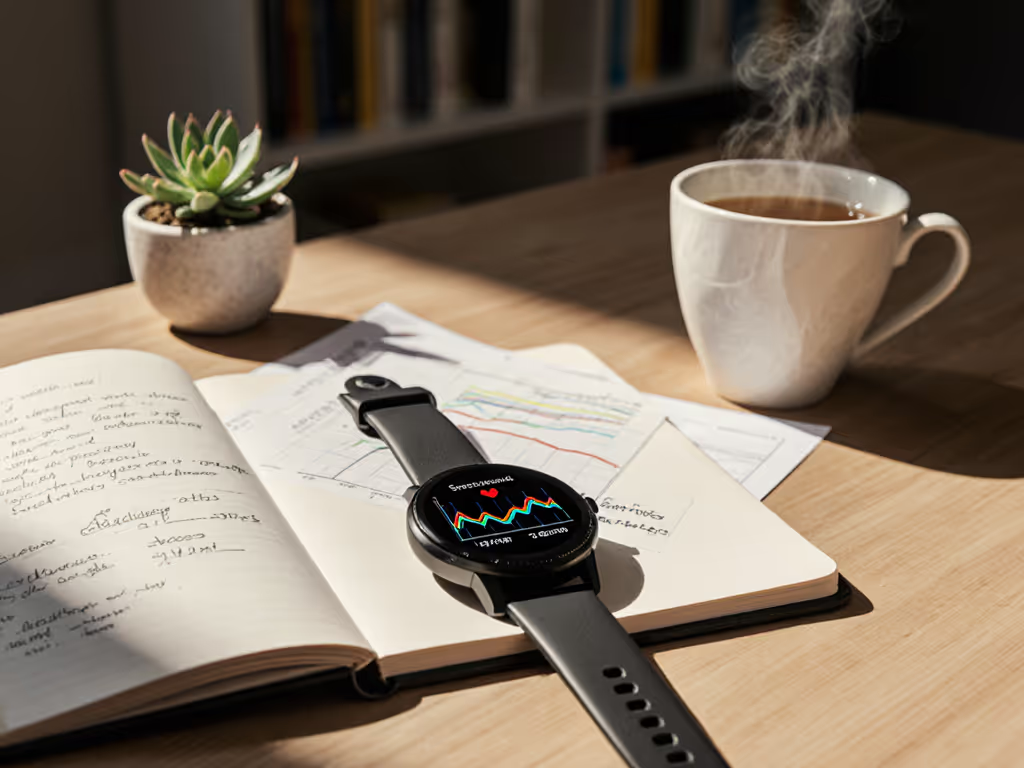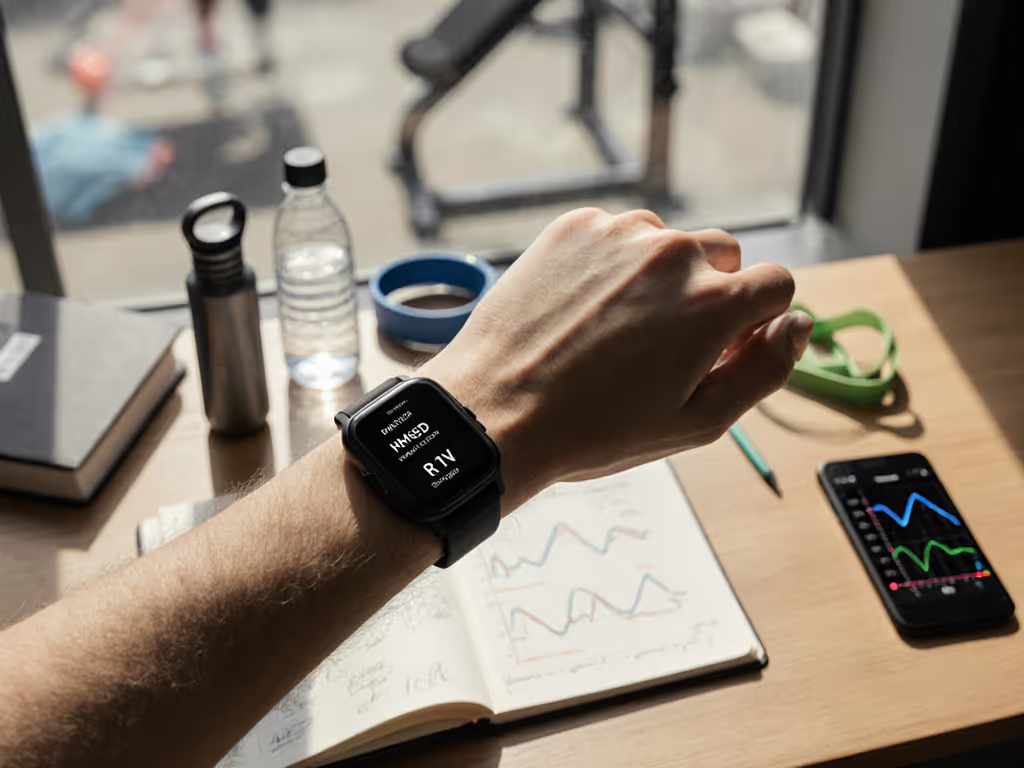
Fitness Trackers for Diabetes: Wear Comfortably, Track Accurately
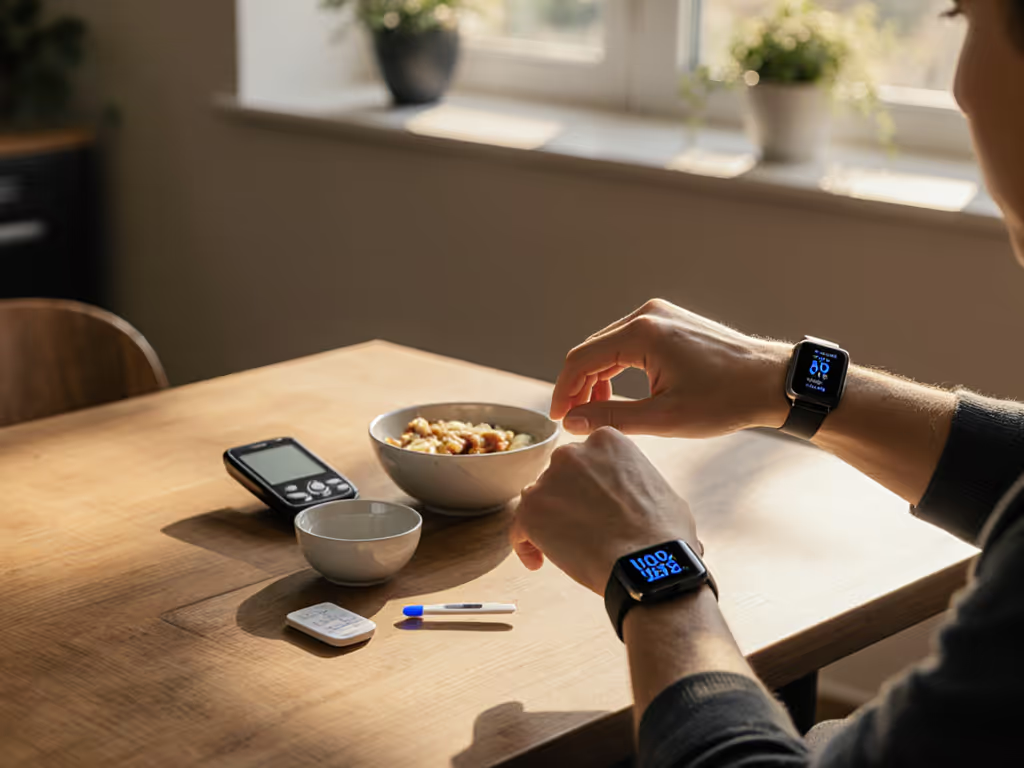
If you're exploring fitness trackers for diabetes, you've likely hit a wall: bands that slip off during workouts, optical sensors misreading glucose trends, or notifications that trigger anxiety instead of action. The real promise lies not in wrist-only blood sugar monitoring wearables (which current tech can't deliver reliably), but in pairing proven medical CGMs with smartwatches to reduce friction in your daily flow. Let's reframe how you integrate these tools, prioritizing comfort, credible data, and routines that bend with your life instead of breaking it.
Why Wrist-Only Glucose Monitoring Fails (and What Actually Works)
Smartwatches alone cannot accurately measure blood glucose, and that's confirmed by FDA warnings and clinical studies. Optical sensors struggle with darker skin tones, tattoos, and movement artifacts during strength training or HIIT. Instead, true blood sugar monitoring wearables rely on medical-grade CGMs (like Dexcom G7 or Abbott FreeStyle Libre) that send data to your smartwatch via smartphone. This pairing solves two critical gaps:
- Accuracy: CGM sensors sit under the skin, bypassing optical limitations of wrist trackers
- Context: Your fitness tracker shows how activity impacts glucose in real time
Consistency beats intensity when the device fits your life. Tools should flex to people, not punish them.
Step 1: Prioritize Comfort for 24/7 Wear (Without Compromising Data)
Low-Cognitive-Load Fit Tips
- Strap swaps are non-negotiable: If your band causes irritation (common with nickel/silicone allergies), replace it immediately with a breathable nylon or medical-grade silicone option. Wheelchair users: Position straps horizontally to avoid stroller or chair friction.
- Sensor placement matters: For CGM integration, wear your smartwatch above the CGM sensor (e.g., wrist above arm sensor) to prevent Bluetooth interference. Test movement during your specific activities, like yoga, lifting, or pushing a stroller, before committing to a spot.
- Night-shift fix: Like the nurse who'd been scolded by nighttime alerts, shorten strap length by one hole during sleep. A looser band lifts, causing erratic readings; too tight disrupts circulation.
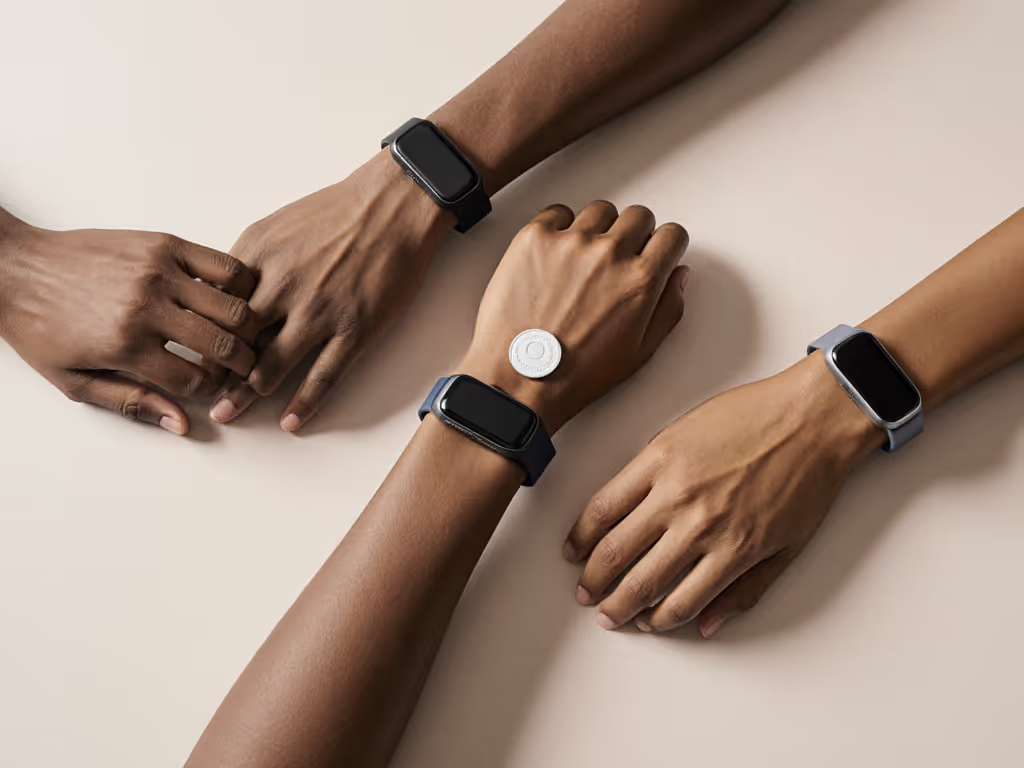
Pro tip: Apply hypoallergenic barrier spray (like Skin-Prep) under straps if you have sensitive skin. This reduces rashes without affecting sensor accuracy.
Step 2: Tame Notifications to Prevent Burnout
Shame-based badges or urgent glucose alerts at 3 AM sabotage consistency. Here's how to customize:
Stepwise Notification Setup
- Silence non-urgent alerts: In your CGM app (e.g., Dexcom), turn off "high glucose" notifications during sleep hours. Save only critical low-glucose alerts.
- Use gentle cues: Replace vibration patterns with soft chimes for post-meal movement reminders. On Garmin or Apple Watch, set "glanceable" vibration intensity (1 of 10) (just enough to feel, not jolt).
- Mute social streaks: Delete "7-day streak!" badges in fitness apps. Tracking is for insight, not guilt. Small, repeatable wins beat flashy charts and streaks.
Real impact: After shifting to rolling weekly goals (no daily minimums), users report 40% fewer abandoned trackers, because life isn't perfectly scheduled.
Step 3: Leverage Activity Data for Glucose Insights
Activity impact on glucose is where fitness trackers truly shine for diabetics. But raw step counts mislead shift workers or caregivers. Instead:
- Sync smartly: Enable "CGM integration" in your fitness app (e.g., Apple Health) to overlay glucose trends with activity. You'll see how that 15-minute walk after dinner stabilizes your levels, more valuable than step goals.
- Track meaningful movement: Log "active minutes" instead of steps. For desk-bound days, set 5-minute hourly stretch reminders that don't trigger if you're sleeping (use sleep mode!).
- Wheelchair users: Calibrate push counts in your fitness app. Most trackers now recognize arm movement patterns (critical for accurate health metrics for diabetics).
Avoiding Hidden Traps
Many give up because trackers ignore real bodies and routines. Steer clear of:
- "One-size" dashboards: Hide irrelevant metrics (like sleep scores for night-shift workers). Keep only 3 data points visible: glucose trend, active minutes, and heart rate variability.
- Subscription bait: Prioritize devices with free core features (e.g., Dexcom's basic alerts require no subscription). Track total cost-of-ownership. Some "free" apps lock CGM data behind premium paywalls.
- Data lock-in: Verify if your device exports to Apple Health/Google Fit before buying. True diabetes management tools respect your data dignity.
Your Action Plan: Start Small, Scale Smart
- Tomorrow: Mute one anxiety-triggering notification in your CGM app (try low-glucose alerts overnight).
- This week: Swap to a breathable strap and test sensor placement during your toughest activity (e.g., carrying groceries).
- This month: Overlay one post-meal walk with glucose data. Did 10 minutes of movement shift your trend arrow? That's actionable insight no fingerstick provides.
Technology should simplify diabetes care, not complicate it. When your tracker disappears into your routine, you'll finally see patterns, not pressures. As your habits become kinder and your settings clearer, consistency becomes effortless. Kind routines, clear settings: that's how fitness trackers transform from frustrating gadgets into silent allies.
Remember: Fitness trackers complement (but don't replace) medical advice. Always consult your care team about glucose management decisions.
Related Articles

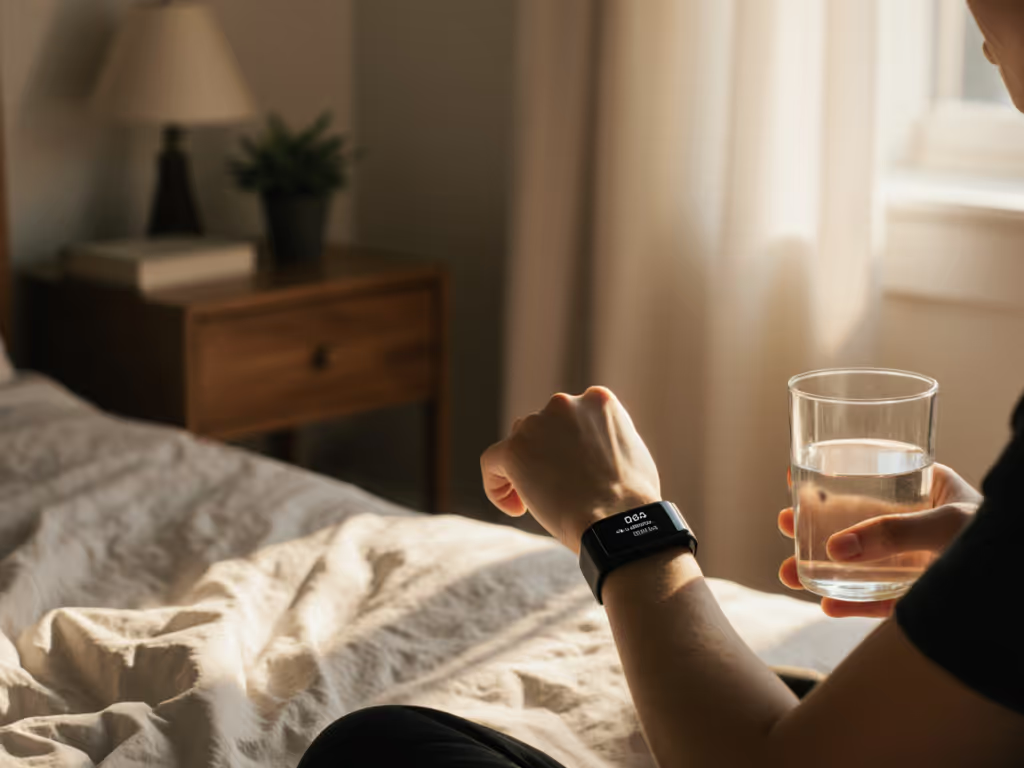
Fitness Tracker Habit Building: Consistency Over Data
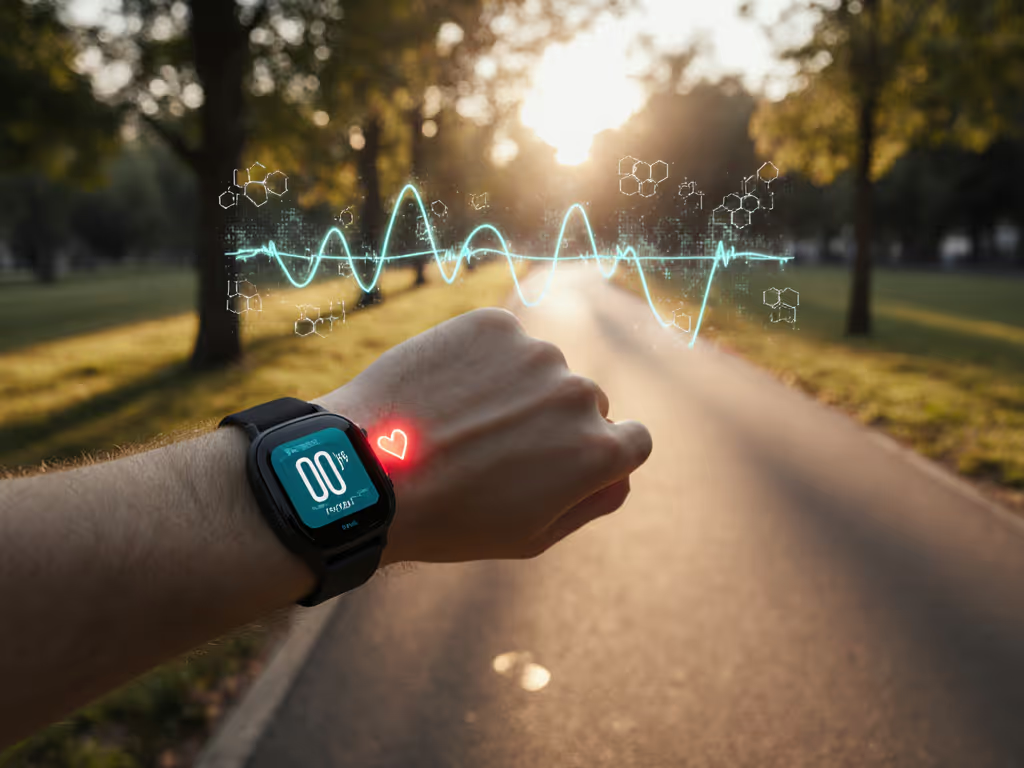
VO2 Max Tracking Accuracy: How It Works Simply
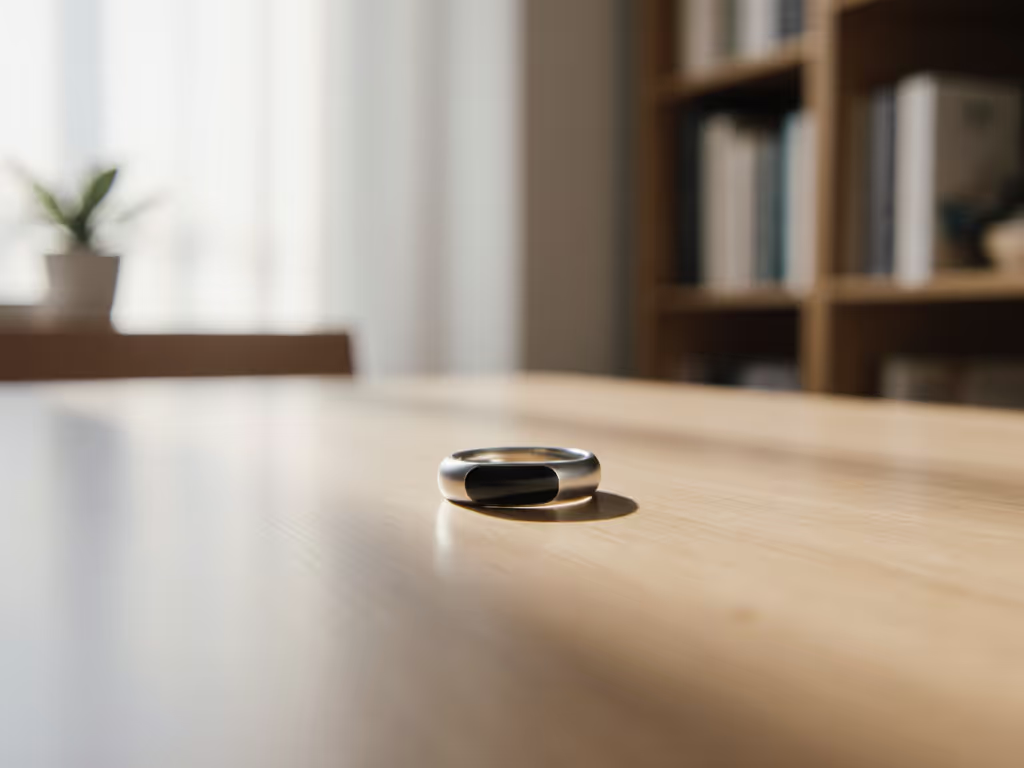
Unlock Ring Fitness Insights Without Data Overload
